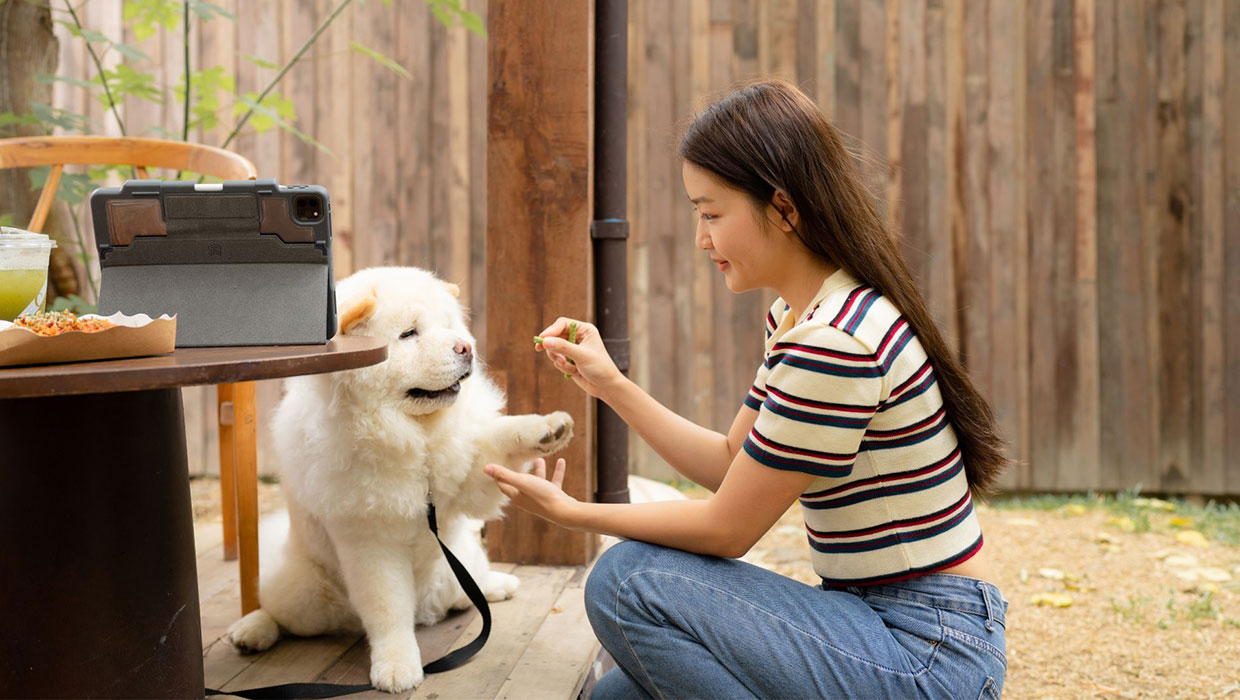Training your beloved canine companion might seem daunting, but it’s a journey filled with rewards. A well-trained dog is not only a joy to be around but also a testament to a strong owner-dog bond. In this article, we’ll walk you through the fundamentals of dog training in a way that’s approachable and effective.
Laying the Foundation
The key to successfully training a dog lies in building a solid foundation. Think of it as setting the stage for a harmonious relationship between you and your furry friend. Obedience and socialization are the cornerstones. A well-behaved dog listens, responds to commands, and interacts positively with both humans and other dogs. Socialization, on the other hand, introduces your dog to various people, animals, and environments. This helps them develop confidence and adaptability, reducing the likelihood of behavioral issues down the road.
Establishing Communication
Clear communication is the bridge between you and your dog. Dogs read body language and tone, so be consistent in your cues. Keep commands simple and use the same words for each action. For example, use “sit” instead of switching between “sit down” and “take a seat.” Remember, your dog is eager to please, and they thrive on your approval. When they understand what you want, it fosters a sense of achievement and strengthens your bond.
Positive Reinforcement
Enter the world of positive reinforcement – a cornerstone of effective training. Reward your dog’s good behavior with treats and praise. This is where products like Maxime Elite Dry Dog Food shine. Packed with Omega 3 and 6 Fatty acids, it promotes healthy skin, coat, and immunity. Antioxidants and prebiotics support a sharp mind, ensuring a healthy, happy pup. When your dog associates training sessions with tasty rewards and positive attention, they become enthusiastic learners, making the training process smoother for both of you.
Basic Commands and Techniques
“Sit,” “stay,” “come,” and “heel” – these basic commands lay the groundwork for more advanced training. Keep sessions short and fun. Use treats and praise as incentives. For instance, when teaching “sit,” gently press their rear down while saying the word, then reward them. With consistency, they’ll associate the word with the action. Practice these commands in various environments to help your dog generalize their learning. This means they’ll understand and obey commands regardless of the setting, ensuring their reliability.
Problem-Solving and Correction
Challenges like barking or jumping are common. Instead of scolding, redirect their attention. If they jump, turn, and walk away. Consistency is key. Dogs understand patterns, and they’ll soon learn what’s expected of them. Correct unwanted behaviors gently, focusing on positive alternatives. If your dog tends to bark excessively, identify the trigger and use counter-conditioning techniques. Gradually expose them to the trigger in controlled situations while rewarding calm behavior.
Continuing the Journey
Dog training is an ongoing process. After mastering dog training basics, keep teaching new tricks to stimulate their minds. Consistency matters as dogs thrive on routine. A well-trained dog is a happy dog, leading to a fulfilling companionship for both of you. Remember, each dog is unique. Adjust your training methods based on their personality and preferences. Whether it’s agility, obedience trials, or simply impressing friends with cool tricks, continue to challenge and engage your dog’s mind.
Be Patient and Don’t Give Up Easily!
With these insights, you’re ready to embark on your dog training adventure. Remember, it’s not just about training your dog; it’s about nurturing a bond that will last a lifetime. So, embrace the basics, stay patient, and enjoy the journey!





